
【中英翻译】汉语成语翻译的若干方法
18页1、汉语成语翻译的若干方法【摘 要】 汉语成语承载着中华五千年的文化特色和文化信息.而翻译并非只是两种语言之间的一种简单的对应转换过程,而是一种文化的交流和传递。因此,在汉语成语英译的具体操作过程中,首先要充分理解汉语成语的内在含义,灵活运用不同的翻译方法,对比英汉语言中习语(成语)的异同,进行适当的结构调整,将汉语成语所承载的文化特色和文化信息最大限度地传译给外国读者。帮助外国读者消除或减少语言及文化障碍就要求译者尽最大努力把汉语成语翻译成外国读者乐于接受的形式。与此同时要在英语中再现汉语文化,这是一个很大的挑战。把汉语成语翻译成英语,译者们掌握和熟悉两种语言以及其文化是非常重要的。他们必须从风俗和文化背景的角度,通过对汉语和英语语言学和文化差异的理解,尽量去把握成语的内在含义,从而使其观点与原文的精神相一致。本文简单介绍了汉语成语英译的几种方法。【关键词】 汉语成语,英语习语,翻译,文化内涵,源语,目标语Abstract Chinese idioms bear five thousand years of Chinese cultural characteristic and the
2、cultural messages. Translation is not only one kind of simple correspondence switching process between two languages, but is one kind of cultural exchange and transmission. Therefore, translating Chinese idioms into English is a concrete operating process. First, the translators must fully understand the intrinsic meaning of the Chinese idioms; second, they should utilize several different translation methods nimbly and contrasts the similarities and differences between the English idioms and Ch
3、inese idioms; third, they should carry on the suitable structure adjustment and translate Chinese idioms which bear cultural characteristic and cultural information in maximum limit for the foreign readers. Helping the foreign readers eliminate and reduce language and cultural barrier requests the translator to work diligently to translate the form of Chinese idiom in the way that the foreign readers are glad to accept. At the same time, this is a very big challenge to reappear Chinese culture i
4、n English. To understand and translate Chinese idioms into English,it is very important for the translators to master and well acquaint themselves with the original language and the target language and their cultures. They should set out from the aspects of customs and cultural backgrounds and try to grasp the connotation of the original idiom by understanding linguistic and cultural differences between English and Chinese so as to make his version alike the original text in spirit. This article
《【中英翻译】汉语成语翻译的若干方法》由会员狼***分享,可在线阅读,更多相关《【中英翻译】汉语成语翻译的若干方法》请在金锄头文库上搜索。
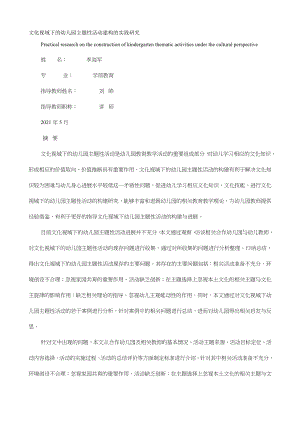
文化视域下的幼儿园主题性活动建构的实践研究
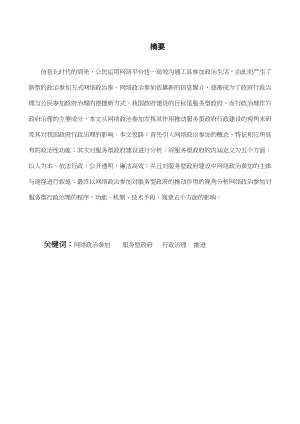
政治与行政-网络政治参对我国政府行政管理的影响
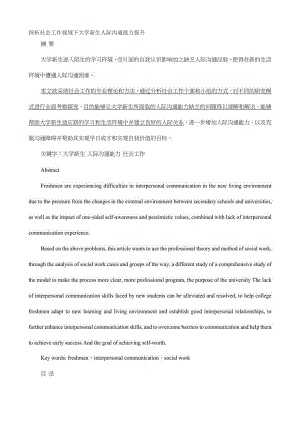
探析社会工作视域下大学新生人际沟通能力提升
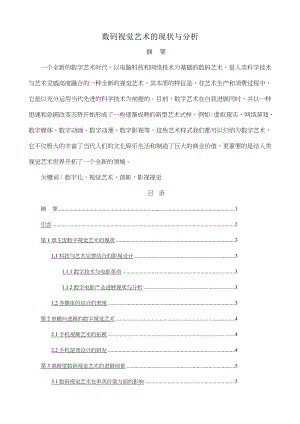
数码视觉艺术的现状与分析
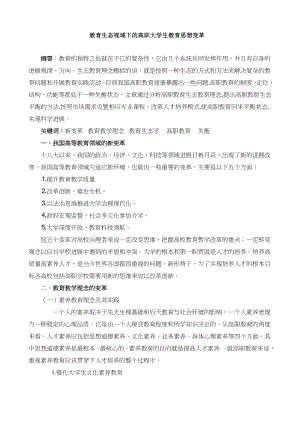
教育生态视域下的高职大学生教育思想变革1
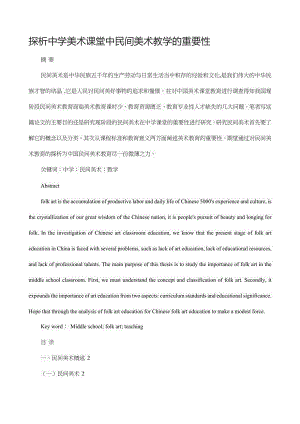
探析中学美术课堂中民间美术教学的重要性
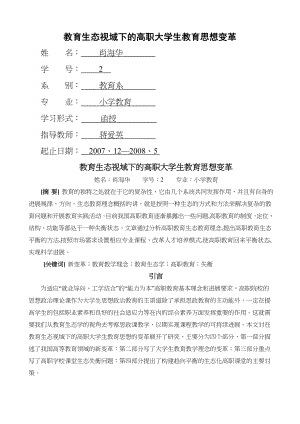
教育生态视域下的高职大学生教育思想变革
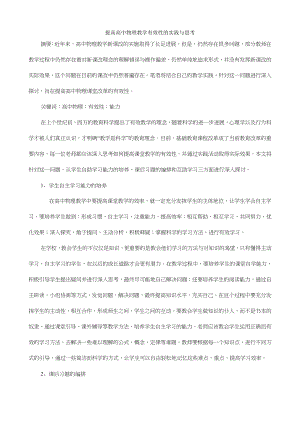
提高高中物理教学有效性的实践与思考1
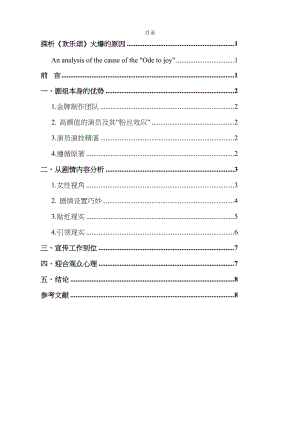
探析《欢乐颂》火爆的原因
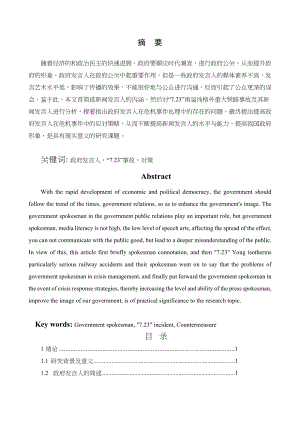
政府发言人在危机事件处理中的作用
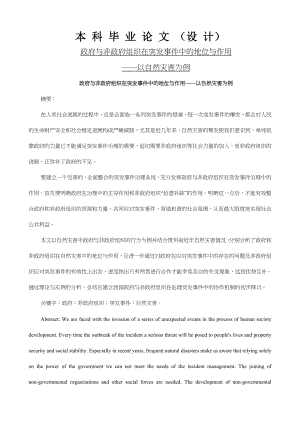
政府与非政府组织在突发事件中的地位与作用——以自然灾害为例
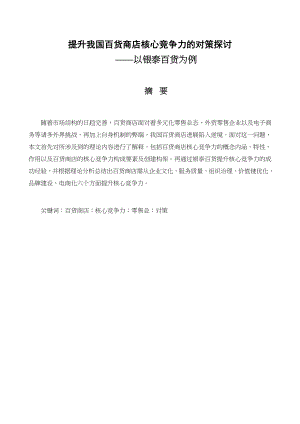
提升我国百货商店核心竞争力的对策探讨+——以银泰百货为例
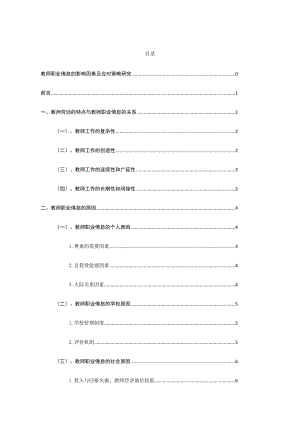
教师职业倦怠的影响因素及应对策略研究
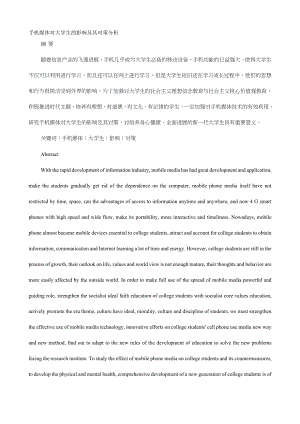
手机媒体对大学生的影响及其对策分析
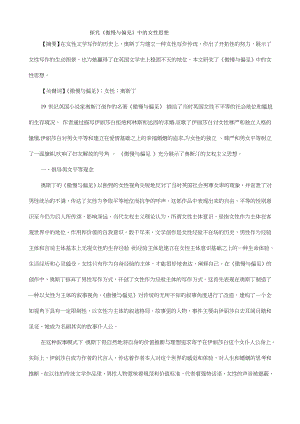
探究《傲慢与偏见》中的女性思想
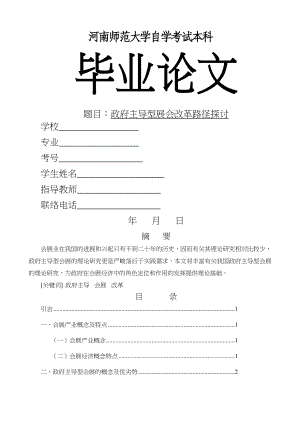
政府主导型展会革路径探讨

教育投入与经济增长的回归分析
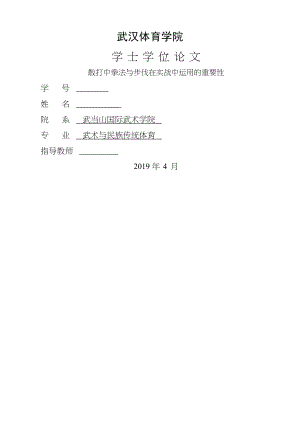
散打中拳法与步伐在实战中运用的重要性
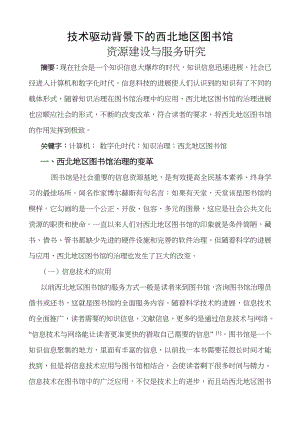
技术驱动背景下的西北地区图书馆资源建设与服务研究
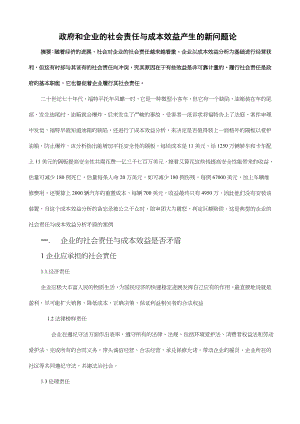
政府和企业的社会责任与成本效益
 财务科科长工作职责内容
财务科科长工作职责内容
2023-09-04 5页
 财务科长(负责人)-安全生产责任制
财务科长(负责人)-安全生产责任制
2023-09-04 5页
 财务科职责范本
财务科职责范本
2023-09-04 5页
 财务经理-财务主管岗位职责职位要求
财务经理-财务主管岗位职责职位要求
2023-09-04 6页
 财务经理岗位职责岗位要求
财务经理岗位职责岗位要求
2023-09-04 6页
 财务精算岗位职责任职要求
财务精算岗位职责任职要求
2023-09-04 5页
 财务经理(吉首潇湘国际影城)岗位职责职位要求
财务经理(吉首潇湘国际影城)岗位职责职位要求
2023-09-04 5页
 财务经费支出管理制度范例
财务经费支出管理制度范例
2023-09-04 6页
 财务经理岗位工作职责_1
财务经理岗位工作职责_1
2023-09-04 8页
 财务经理_1
财务经理_1
2023-09-04 6页

